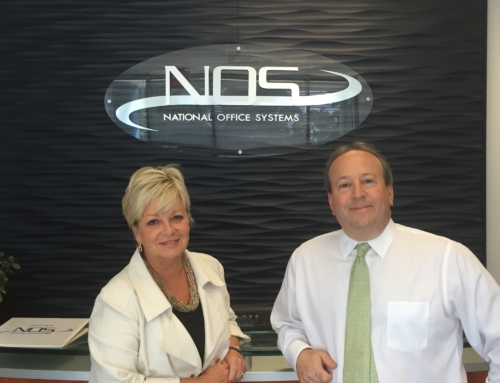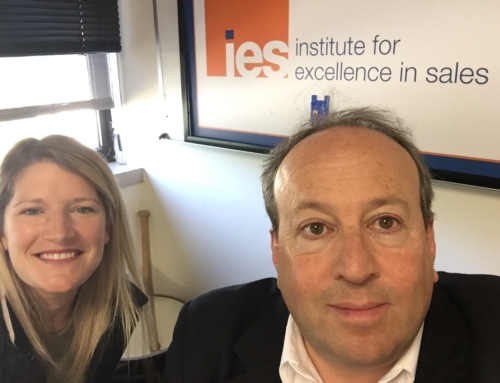Dawna Newcomb is a sales strategy consultant and coach with Bold Strategies Coaching and Consulting. She is a member of the IES. This blog originally appeared on LinkedIn here.
Nothing of value is produced without some degree of tension. It is a common misconception that successful sales representatives befriend, flatter, or entertain their way into a sale, and nowhere is this more untrue than in technical or complex selling. Challenging the status quo is the most important (and often the most difficult) part of the sales process today, and there is evidence to suggest that revealing the inadequacy of WHAT IS might be more important than proving the failings of any given competitor. Further, questioning that the real problem or the greatest solution might be found in an unexamined area is a trigger for higher level thinking that smart customers value highly.
So how do successful sales professionals make a career out of challenging potential clients into action without making them defensive or creating a negative environment?
One powerful selling technology that has been in the toolbox of savvy professionals for many years has a modern, more descriptive and functional name: Coaching. This is simple in concept but requires significant practice for most humans, particularly those who are highly educated and have a great deal of knowledge to disseminate. Coaching is not about giving advice, mentoring, or even consulting; rather, coaching is the act of asking thoughtful, curious, open-ended questions that require the customer to activate different neuronal pathways to solve a problem. And then holding a quiet, patient space for the ideas to take shape.
Creative tension is the context that arises when an effective sales person engages the client in a structured coaching process
I think of the coaching process in three steps that repeat as client ideas take shape:
- High Level Listening for Understanding (acknowledge and validate)
- Open-ended Coaching Questions (trigger creative thought)
- Being Comfortable with Silence (to allow ideas to surface)
To illustrate: A significant portion of my career was focused in high throughput laboratory automation, and this work required that the account managers make potential customers uncomfortable with the inefficiency in their process. One question I would often ask was this: What would it look like if we could automate that part of the process in this lab? (15 years ago, this was a very provocative question, but today we look back and just say… of course!) As the lab directors contemplated and visualized the question, all kinds of things came up that we needed to “think through” together. Sometimes difficult questions came up, such as the often unspoken fear that automation would eliminate jobs for some of the scientists in the lab.
It was tempting to say “that won’t happen because x, y, x” but the more powerful result was found in the inquiry “what would post doc A or lab tech B do with the time she wasn’t spending on these menial tasks?” Post-doc A would be getting her PhD much more quickly and lab tech B would actually stay with the lab 5 years longer because the work was more interesting; in other words, employee satisfaction and retention – which was a totally unexpected but very real benefit.
The discipline of challenging clients into action using the tool of coaching is not for those seeking instant rewards or for the sales rep who wants to make everyone feel good on every sales call. It is a practice that will improve sales performance for sales professionals at all levels and has the power to transform entire sales teams.
*For more detailed information on the Challenger model of selling, I recommend The Challenger Sale by Matthew Dixon and Brent Adamson. I was inspired to offer this discussion after hearing Brent speak in July at the Institute for Excellence in Sales (IES) program this July.






